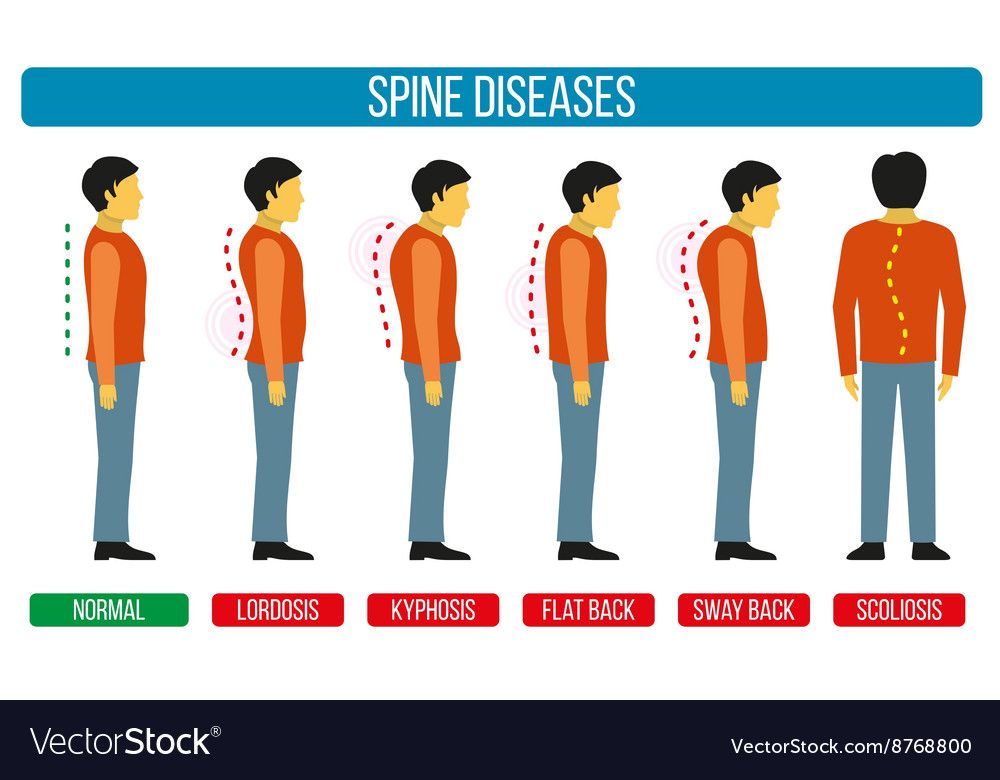What Devices Permit Cold Laser Therapy To Utilize Light For Cutting Edge Recovery, And What Future Developments Can We Anticipate Hurting Management?
What Devices Permit Cold Laser Therapy To Utilize Light For Cutting Edge Recovery, And What Future Developments Can We Anticipate Hurting Management?
Blog Article
Material Develop By-Kent Hurley
When considering alternative therapies, cold laser therapy stands out due to its distinct approach to healing. By making use of certain wavelengths of light, it targets mobile functions and advertises recovery in a non-invasive way. This approach not just enhances ATP manufacturing but additionally aids in reducing inflammation and discomfort. As study remains to unravel, the implications for rehab and pain monitoring could be substantial. What does this mean for future treatment alternatives?
The Systems of Cold Laser Therapy
Cold laser treatment, additionally called low-level laser therapy (LLLT), functions by boosting mobile feature through the application of certain wavelengths of light.
When the laser light permeates your skin, it connects with the mitochondria in your cells, boosting ATP production. This boost in ATP stimulates your cells, advertising recovery and regrowth.
The light likewise impacts cell membranes, enhancing their permeability and helping with nutrition absorption while expelling toxic substances. Furthermore, cold laser therapy sets off the launch of endorphins and decreases swelling, aiding your body respond more effectively to injury.
You'll experience boosted blood circulation as the therapy stimulates capillary development, making sure that oxygen and nutrients reach damaged tissues extra efficiently.
Understanding these systems can assist you value its capacity in advertising recuperation.
Possible Advantages of Cold Laser Therapy
When considering options for pain alleviation and recovery, you might find cold laser treatment to be an attractive option. This non-invasive method can help reduce inflammation, alleviate discomfort, and promote tissue repair work.
Many people report quicker recovery times from injuries and surgical procedures after going through cold laser treatment. It's specifically helpful for conditions like arthritis, tendonitis, and muscular tissue stress.
You may additionally value that it has marginal side effects compared to drugs. Additionally, read this article can enhance flow, which aids in providing nutrients and oxygen to damaged locations.
Current Research Study and Scientific Applications
As passion in cold laser treatment expands, scientists are exploring its different applications and performance in clinical settings. You'll find research studies investigating its duty hurting management, wound recovery, and minimizing swelling.
In physical treatment, professionals utilize cold laser therapy to improve recovery in sports injuries, while dentists are locating it valuable for dealing with oral discomfort and gum problems. Continuous tests are assessing its potential in dealing with problems like arthritis and neuropathy.
https://cold-light-therapy32109.dsiblogger.com/67360587/assessing-the-existing-landscape-of-laser-therapy-advancements-and-benefits intend to develop standardized protocols and does, guaranteeing safety and security and efficiency. As more proof emerges, you could see cold laser treatment ending up being a staple in both rehab and pain management, offering clients a non-invasive option that matches typical treatments.
Conclusion
Finally, cold laser therapy supplies an encouraging method to healing by taking advantage of specific wavelengths of light to increase mobile functions and advertise recovery. With benefits like boosted blood circulation, reduced swelling, and pain alleviation, it's ending up being a valuable alternative for numerous problems. As study continues to establish standardized methods, you can look forward to better acceptance of this non-invasive treatment in recovery practices and discomfort management techniques, making it a prospective game-changer for numerous individuals.
